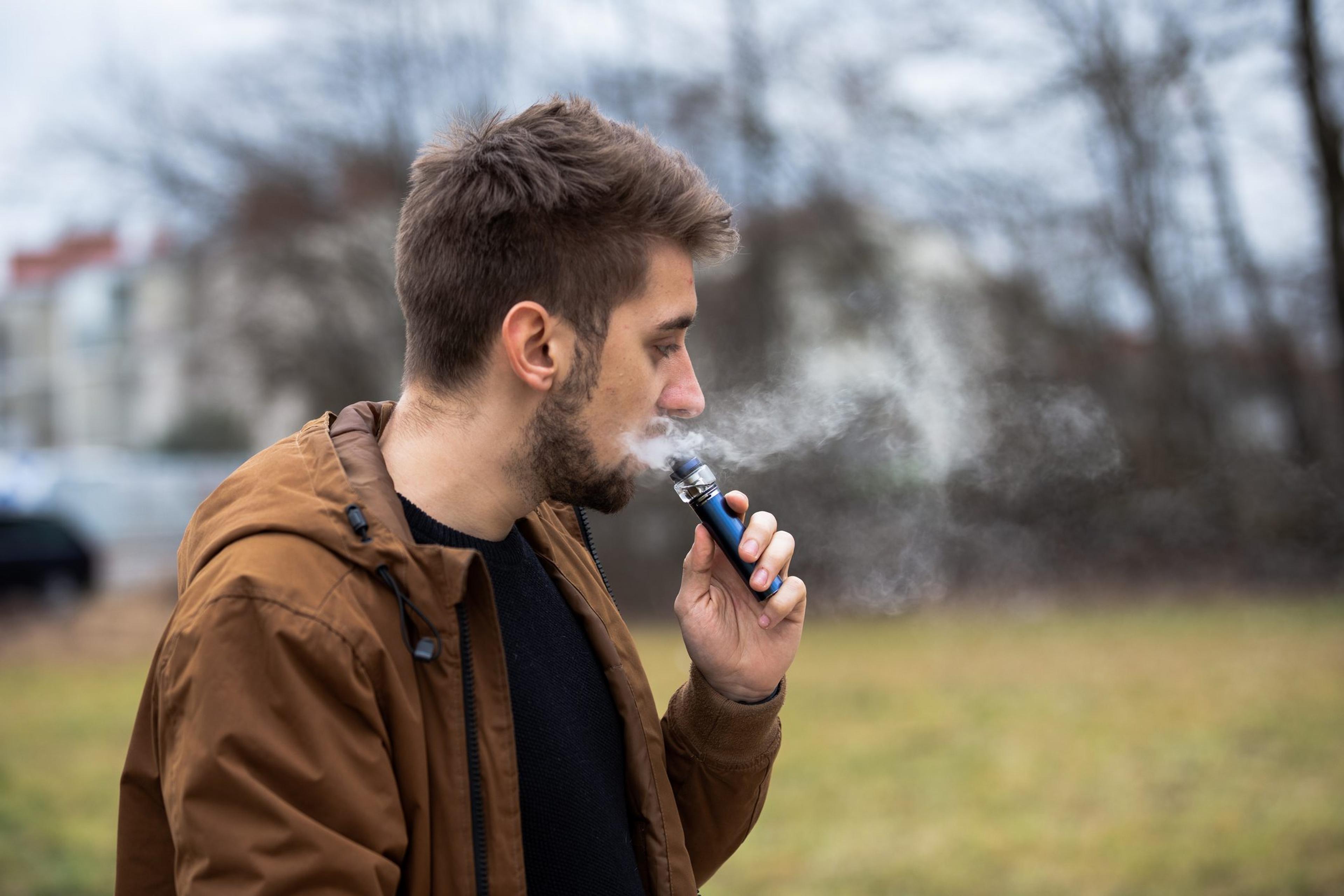
Vaping with electronic cigarettes and other vape products is often marketed as a safer alternative to smoking regular cigarettes because there are fewer chemicals in the former.
But the deadliest common denominator shared by cigarettes and e-cigarettes is nicotine, the addictive drug also found in cigars and other tobacco products. A recent Centers for Disease Control and Prevention (CDC) study found that 99% of e-cigarettes sold in assessed venues in the United States contained nicotine.
The nicotine in vape products can lead to stunted brain development in young adults, damage to the heart through tightened blood vessels, and nicotine withdrawal symptoms, among other adverse health effects. Quitting isn’t easy, but it’s attainable if approached with a positive attitude.
Steps to take to quit vaping
Make a list of reasons to quit: Sometimes when we develop bad habits, we tend to overlook the long list of negative effects they have on our health and lifestyle. Vaping falls into that category. Try writing down a list of questions like:
- Does vaping affect relationships with family, friends and my significant other?
- Do I plan parts of my day around vaping?
- Do I rely on vaping to get through certain parts of the day?
- Do I want to improve my long-term health by quitting?
When you step back and weigh the many negatives of a habit like vaping, you could find the motivation needed to kick it.
Set a “quit day”
Choosing a date to quit vaping creates accountability. Whether it’s tomorrow or two weeks from now, you can prepare yourself and gather the resources needed to power through those difficult early quitting stages.
Setting a “quit day” can also help you pick a quitting method. Do you want to gradually cut down on the number of times you vape per day or the amount of draws you take from each e-cigarette until you call it quits, or try to go cold turkey?
Identify triggers and prepare to fight them
Certain feelings, emotions, settings, or activities can trigger the desire to vape. For instance, you may be used to vaping every time you watch a certain TV show with a friend. Watching that show with a friend after you’ve decided to quit could be a trigger.
Prepare against those triggers by filling your time with other activities, like exercising or going on a walk. Or by finding a hobby that occupies your hands like playing an instrument, painting, or playing video games. You can also concentrate on the list of reasons you made to quit during particularly tough moments.
Fight cravings by having chewing gum, healthy snacks, or beverages by your side as you enter a situation where you would normally vape. Or you can practice removing yourself from those situations altogether for a while until you feel like the habit is behind you.
Find support
Quitting is not always a linear process. We often need support systems in place to lean on when our wills are tested.
Finding a community or support group is a proven method known to lift the success rate of quitting and lower the chances of relapse. Communicate with the closest people in your life as you embark on this journey. Their emotional support can be crucial.
You can also consider your doctor as another source of support. Tell them about your plans to quit vaping and ask for their advice. They will be able to offer support and resources tailored specifically to your needs and personality.
Coaching
Blue Cross Blue Shield of Michigan (BCBSM) and Blue Care Network (BCM) members with PPO or HMO coverage are eligible for tobacco coaching, which extends to users of e-cigarettes and vaping products.
Call WebMD at 1-855-326-5102 to determine your eligibility and schedule your first call. You can learn more about the program by visiting this link.
Photo credit: Getty Images





